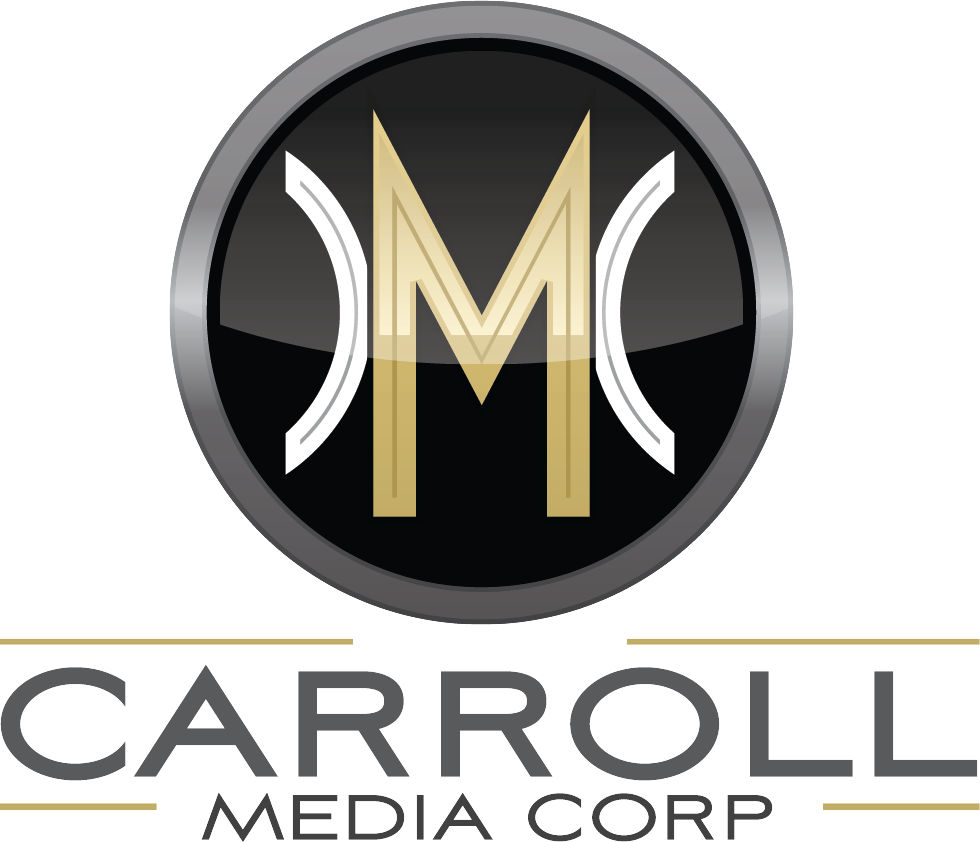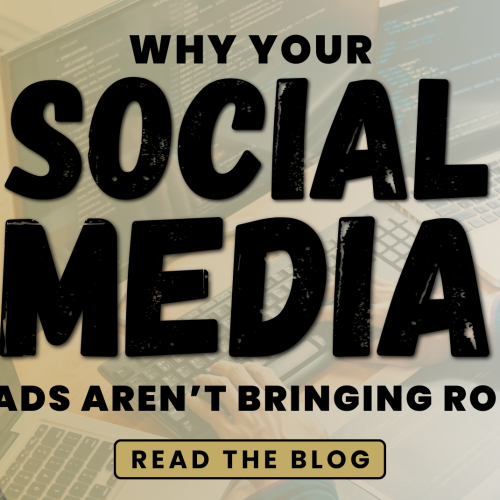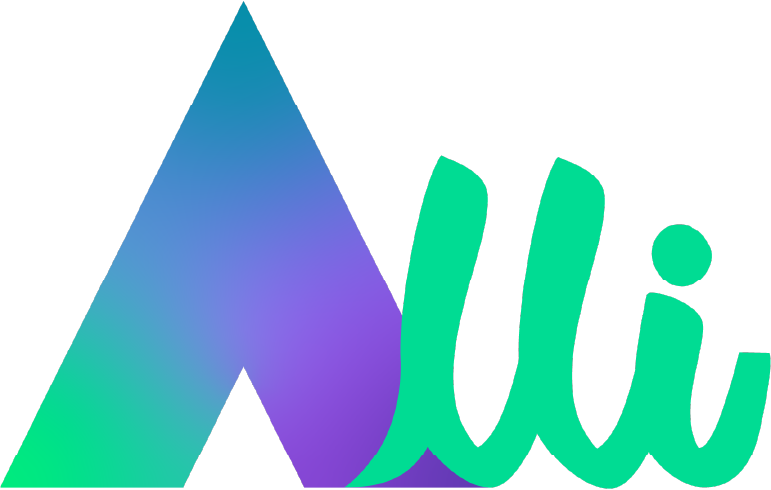When your Facebook ads not working, the damage goes far deeper than a few wasted dollars. Every impression that fails to convert chips away at your budget, but even worse, it erodes your confidence in digital marketing. Over time, that lost confidence translates into fewer experiments, smaller budgets, and missed opportunities to find channels that actually grow your business.
Beyond the immediate financial hit, poor-performing ads can damage your brand’s reputation. Prospects who click an ad only to land on an irrelevant offer or broken page remember the frustration—and they’re unlikely to give you a second chance. Rather than building goodwill, those ads leave a negative impression that’s hard to erase.
Finally, consider the strategic cost in time and focus. Hours spent troubleshooting underperforming campaigns—tweaking bids, swapping images, guessing at audiences—are hours you could have spent refining your offer, improving your website, or exploring untapped marketing channels. Letting bad ads linger means falling further behind competitors who are optimizing every dollar.
Why DIY Campaigns Lead to Wasting Money on Facebook Ads
Too many businesses treat Facebook advertising like a quick hack: boost a post, watch some likes roll in, and move on. But that “set-and-forget” mindset is a fast track to wasted spend. Without clear objectives, you’re essentially throwing budget into the void, hoping something will stick.
Mis-targeting is the next trap. Facebook offers granular demographic and interest targeting, yet DIY advertisers often default to broad settings. The result? Your ads are shown to people who have no need for your product or service, driving up cost-per-acquisition and delivering zero business value. A single misplaced audience can devour your budget before you realize nothing is converting.
Finally, most DIYers skip critical optimization steps. They launch multiple ads without proper A/B tests, then let underperformers run indefinitely. They ignore ad fatigue—using the same creative for weeks until engagement falls off. And they neglect the retargeting funnel altogether, leaving warm prospects untapped. This scattershot approach guarantees money down the drain.
Bad ads steal your budget and your time. Plug the leaks with a data-driven strategy, and watch every ad dollar come back as growth.
Key Indicators Your Ads Are Underperforming
It’s easy to pour more money into campaigns that feel “close” to success—until you look at the numbers. A skyrocketing cost-per-click paired with zero sales is a surefire sign something’s wrong. Similarly, if your click-through rate dips below industry norms (often around 0.5%), it suggests your creative or message isn’t resonating.
Watch for rapid budget depletion, too. If a modest daily spend vanishes in hours, your bids may be set too high or your audience too broad. On the flip side, a campaign that barely spends at all can indicate overly narrow targeting or technical issues blocking delivery.
Relevance scores and engagement metrics tell the final story. Facebook’s relevance score (out of 10) drops when users hide or ignore your ad—meaning you’ll end up paying more for less reach. And if your retargeting pool isn’t growing, you’re missing the critical follow-up that turns clicks into customers. Spotting these red flags early lets you pause wasteful spending and reallocate budget to what actually works.
How to Stop Wasting Money on Facebook Ads
Ad spend becomes an investment, not a liability, when you follow a structured process:
Define clear objectives. Decide upfront whether you’re optimizing for leads, sales, or awareness—and assign a measurable KPI to each goal.
Install precise tracking. Implement the Meta Pixel and use UTM parameters so every click and conversion is accounted for.
Segment and test audiences. Create small, well-defined custom and look-alike audiences. A/B test one variable at a time—creative, headline, or targeting—so you know exactly what moves the needle.
Refresh creative regularly. Rotate images, headlines, and calls to action every 7–10 days to prevent ad fatigue and keep engagement high.
Build a retargeting funnel. Follow up with visitors who engaged but didn’t convert, using sequential ads that guide them toward the final action.
Review and optimize daily. Pause underperformers, scale winners, adjust bids, and refine your strategy based on hard data—never guess.
This disciplined framework stops the financial bleed and sets you up for steady, scalable growth.
What Real ROI Looks Like
When your campaigns start delivering real ROI, you’ll see more than just lower cost-per-acquisition. You’ll notice consistent lead quality—prospects who match your ideal customer profile and move smoothly through your funnel. As you scale budget, your CPA stays stable or even improves, proving your strategy holds up under pressure.
Holistic attribution becomes second nature. You’ll trace each sale back to the exact ad, audience, and touchpoint that influenced it, thanks to robust tracking and analytics. On the post-click side, your landing pages and follow-up sequences reinforce ad promises, guiding prospects from interest to purchase without friction.
Ultimately, real ROI means predictable growth. Instead of hoping for a lucky campaign, you’ll have a repeatable engine: define goals, launch, optimize, and scale. That consistency transforms Facebook ads from a budgeting headache into a dependable lever you can pull any time you need to drive revenue.




